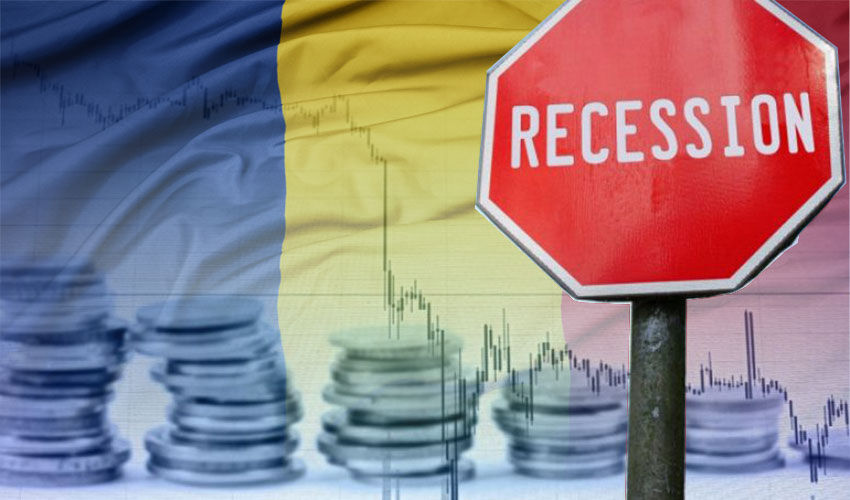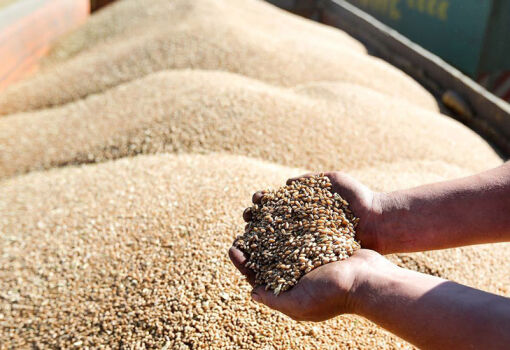
The macroeconomic confidence indicator calculated by the Association of Certified Financial Analysts (CFA) of Romania remained at a level characteristic of recessionary conditions in September 2025, explained for HotNews.ro, economist Adrian Codirlasu, president of the Association of Investment Professionals.
He also warns that both the level of the indicator and its two components still point to an unstable economy, whose main risks are related to fiscal policy.
“For the first time in this inflationary period, most analysts are forecasting a decline in inflation from current levels. However, the disinflation process will be slow. Fiscal policy remains the main risk factor for inflation next year,” Kodirlashu said.
Operating with the figures of the survey, the publication notes that confidence in Romania’s economy remains below 40 points. At the same time, current conditions deteriorated by 4.8 points to 38.6 points, while 12-month expectations, although they increased by 2.8 points, are estimated at only 37 points.
Both values remain well below the 50 threshold that separates positive and negative expectations, a clear sign of economic pessimism.
CFA financial analysts forecast an average inflation rate of 7.18% by September 2026, down from the current rate of 9.88%. While more than 60% of respondents believe inflation will fall, no one expects a quick return to BNR’s 2.5% target.
Disinflation exists, but it’s coming slowly – a combination of still-high demand, high budget deficits and wage costs that are rising faster than labor productivity, CFA said in a press release.
As a result, 88% of CFA analysts forecast the Romanian leu to weaken over the next 12 months to a value of 5.18 lei per euro. This trend reflects both external pressures and rising domestic deficits and public debt.
These two indicators are of particular concern to analysts. In their opinion, the budget deficit and public debt are already at a critical level. The most notable change in the survey: expectations for the budget deficit for 2025 have risen sharply, to an average of 8.6% of GDP, almost one point higher than the previous year’s estimates.
At the same time, public debt is projected to rise to 59% of GDP over the next 12 months, bringing Romania closer to the fiscal alert thresholds set by the EU.
“The budget deficit is a major systemic risk. In the absence of fiscal consolidation, pressure on the exchange rate, interest rates and sovereign rating will persist,” CFA analysts warned.
The CFA Romania Indicator has been published monthly for over 14 years and quantifies investment professionals’ expectations about the Romanian economy over a 12-month horizon.
The range of scores is from 0 (complete lack of confidence) to 100 (complete confidence).
CFA Romania has more than 270 members and 140 candidates working in banks, investment funds, regulators and international companies.













